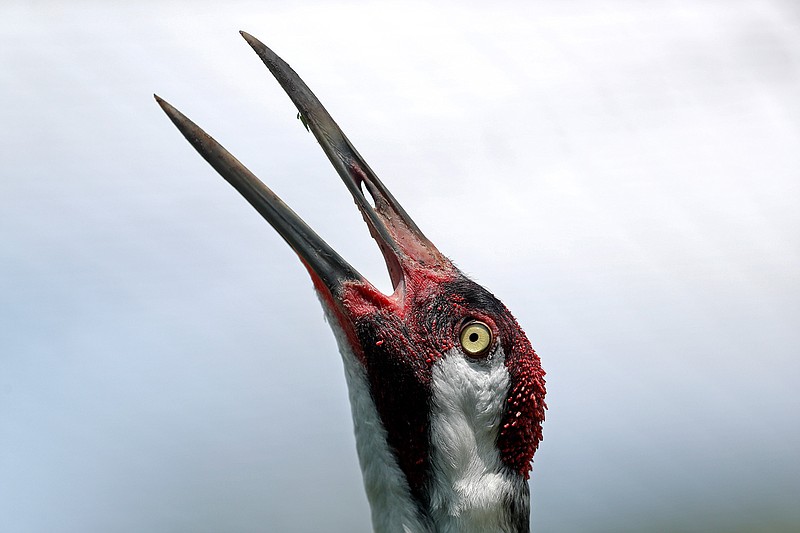LAUREL, Md.-The last of a flock of 75 whooping cranes has left a U.S. Geological Survey site in Maryland, marking the end of a 52-year-old breeding program.
The Baltimore Sun reports that the federal agency says the last bird has been transferred from the Patuxent Research Refuge.
There were fewer than 50 whooping cranes alive when the breeding program began with a one-winged bird named Canus in the 1960s.
While still vulnerable, the population is now around 700, thanks to efforts including artificial insemination and biologists dressing in crane costumes.
USGS officials say its breeding research is no longer needed. The whooping cranes have gone to research institutions and zoos in Virginia, Florida, Texas, Oklahoma, Nebraska, Louisiana and Canada.

